Sarah and Jeff Shepherd reimagine Montfort Hall as a chic, inviting space through a three-year renovation.
by Colony Little | photography by Catherine Nguyen
It was a house forgotten in time, a rose-colored brick building that peeked out from overgrown trees on a small hill along Boylan Avenue. While the magnificence of the structure was partially obscured by the vegetation, the house was a mystery to most who passed by.
Montfort Hall was built in 1858 on a parcel of land deeded to William Montfort Boylan in 1855. The Italianate home was designed by British architect William Percival, whose Raleigh design credits included the historic First Street Baptist Church on Salisbury Street, plumbing upgrades in the State Capitol, and a couple of grand residences in Oakwood and Mordecai.
Its first owner, William Montfort Boylan, was described as a “bon-vivant” and raconteur who regularly held weddings and hunting parties at Montfort Hall. In 1907, heirs of the Boylan family sold the land surrounding Montfort Hall to the Greater Raleigh Land Company, which subdivided the property to create one of Raleigh’s first planned suburban communities, now known as Boylan Heights.
Through the years, ownership of Montfort Hall turned over 10 times, and the home has consequently undergone a number of makeovers: a neoclassical revival facelift, an apartment conversion, and a transformation into a church in the 1950s. Additions and subdivisions were made along the way to accommodate the new uses of the space. But in the 1970s, Montfort Hall was restored to its original Italianate design by owners John and Margaret Jadwick. This restoration likely saved the aging building from imminent destruction (two other William Percival-designed homes in Raleigh were demolished around this time to make way for new development).
Nevertheless, by the 2010s, maintenance and roofing issues left the property in desperate need of repair.
But for Sarah and Jeff Shepherd, who live nearby in Boylan Heights, the aged building’s exterior was captivating. “We’re just the type of people that see the potential in spaces,” says Sarah. Neither of them had renovated a home before, but that didn’t dissuade their interest in the property.
Sarah, a former Citrix employee, would pass the slowly deteriorating property on her way to work, imagining how they would transform the home. She was looking for an entrepreneurial challenge that reflected her love of travel, and spent a few years researching the property and developing a business plan for a way to revive it. When she and Jeff discovered that the owner was willing to sell, they secured the funds with investment partners to acquire the property in 2018. It took eight months of work to get the property rezoned so they could convert it from a residential to commercial space.
“We were sold before we walked in,” says Jeff, who works in the video game industry. “And honestly, that was probably a good thing!”
The Shepherds didn’t know what would be in store for them when they saw the inside of the home: the compromised roof was the origin of many of the problems with the interior, including extensive water damage. But they remained undaunted.
They began the restoration in the spring of 2018. As first-time renovators, the process was a journey into the unknown as they quickly learned about the unique challenges presented with historical preservation. Prior to and during the eight-month rezoning process, the Shepherds relied on the scholarship of late historian William Bushong, who had extensively written about the original design of the property.
Now, three years later, that weathered Italianate villa has been reimagined as Heights House, a new boutique hotel that is the latest incarnation of one of the few pre-Civil War residences left in Raleigh.
For the renovation, the couple enlisted a team of local designers, contractors, and artisans to salvage the home’s unique design details, including Maurer Architecture, Greg Paul Builders, interior cultivator Bryan Costello, and others. “We’re working with so many amazingly talented people, this is not just us,” says Sarah.
Maurer’s project manager Laurie Jackson echoes this collective design ethos: “We worked closely with the Shepherds, Preservation NC, and the State Historic Preservation Office to design a program and floor plan that allowed the continued use of the building in a way that made sense, and also respected the historical context and architectural integrity of the building.”
The Shepherds also included residents of Boylan Heights in the process, who shared critical feedback on the renovation. “There are so many people in this community and industry that just care so much,” says Sarah.
The first major retrofit involved replacing the deteriorating roof with a stunning copper version recommended by Paul (who happens to be a resident of Boylan Heights). Once the roof was replaced, the Shepherds consulted with a plaster specialist from South Carolina to repair the building’s interior structure.
Inside, the building has architectural elements inspired by Percival’s work on the State Capitol building, like a rotunda in the entryway that opens to a cupola whose crown jewel is a multi-colored, flower-shaped stained glass skylight. The entry vestibule is framed by fluted Corinthian columns with elaborately carved crowns and flanked by a parlor and drawing room on one side and a library and dining room with a wood-carved fireplace
on the other. The second-floor gallery rotunda features arched statuary niches used to display artwork and other ephemera, all lit from the natural light shining down from the stained glass oculus. Throughout the home, the Shepherds restored arched pocket doors and shutters, intricately inlaid hardwood floors, and 10 fireplaces.
A newly created second-floor addition to the home expanded the property to 10,000 square feet, enabling Heights House to create nine guest suites. The property also sits on an acre of land that has been lushly landscaped for community events and weddings.
To finish the interiors, the Shepherds enlisted Costello, who outfitted Heights House with contemporary flourishes like brass fixtures, a cool palette of lime-washed paint on walls, and the clean lines of modern furniture with opulent details, like a gilded mirror with a marble pedestal located in the exquisitely appointed bridal suite.
Costello combined vintage treasures and new furnishings that harmonize with original architectural elements, which combine to evoke a modern twist on the Victorian aesthetic. “I’m a big believer in letting old be old and new be new,” says Costello. “For Heights House, that meant restoring the original materials and details wherever possible and then honoring the shapes and style of the architecture with complimentary furniture, lighting, and art. It’s like cutting a new stone for an antique ring: honor the original design and celebrate the new shine.”
Maintaining the delicate balance between preservation and transformation of the historic landmark produced some challenges during the modification approval and rezoning process. The Shepherds recently discussed the lessons they learned with the North Carolina Museum of History. “There are a lot of layers of historical protection on the house,” recalls Jeff, who credited some of the covenants placed by the prior owners to curb invasive development. “That was something that the Jadwick family did that was really smart, to keep the house a piece of Raleigh’s history.”
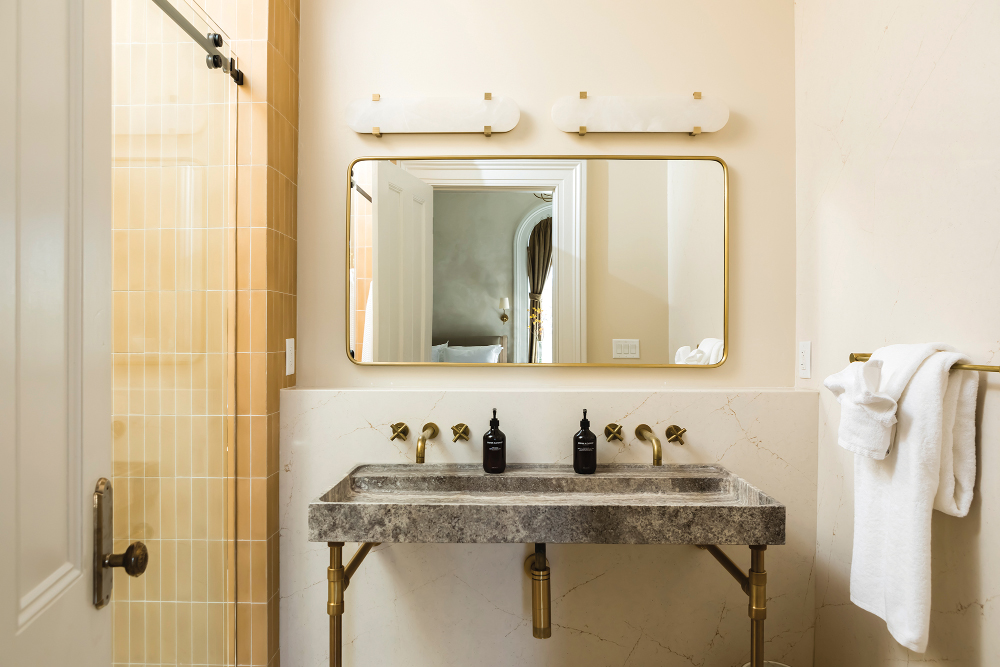
Of course, its history is not without controversy. The home’s original owner, William Montfort Boylan, was the son of publisher William Boylan, a prominent businessman and landowner who built his wealth on enslaved labor. The Boylan family’s ties to slavery presented the new owners with a conservation conundrum, between restoring the grandeur of the home and reckoning with it. This tension presented complicated stewardship dilemmas, but it also created an opportunity to acknowledge the home’s troubled past and grow from it.
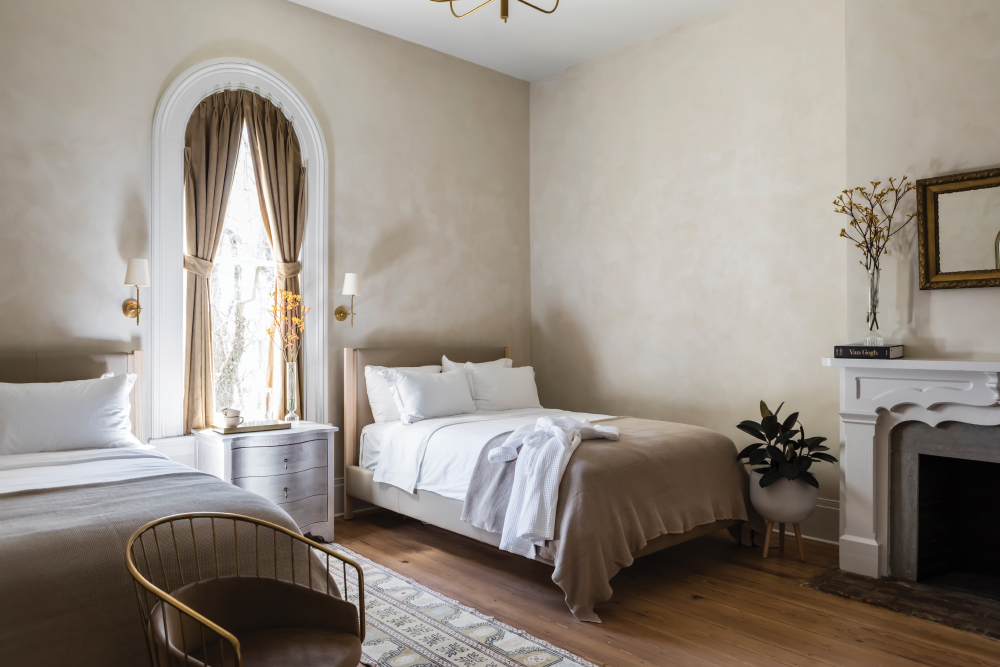
After wrestling with this issue, the Shepherds decided to change the name from Montfort Hall to Heights House, a symbolic gesture that maintains the spirit of entertaining from the home’s original use, while creating a new, inclusive space for lodging and special events. “It will always be Montfort Hall in the historic registries, and we’re not trying to erase its history,” says Sarah, “but based on our values and what we wanted to represent as a business, that doesn’t align with pre-Civil War ideals.”
By divesting the property from its antebellum antecedents, the Shepherds have created a new path forward. Says Sarah: “What we really wanted was to let everyone in the community embrace and enjoy the home.”


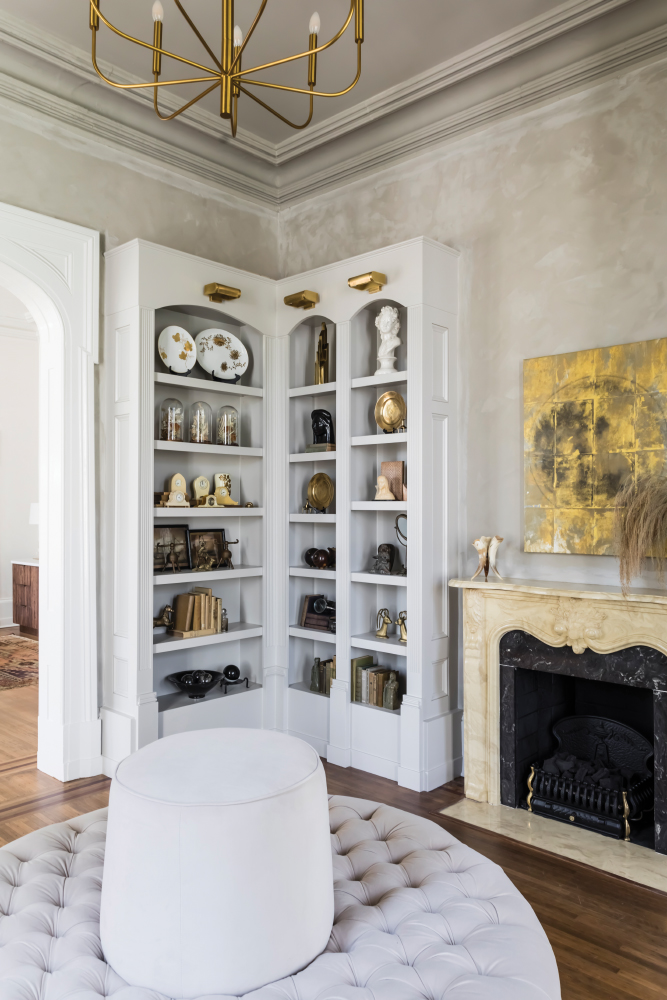
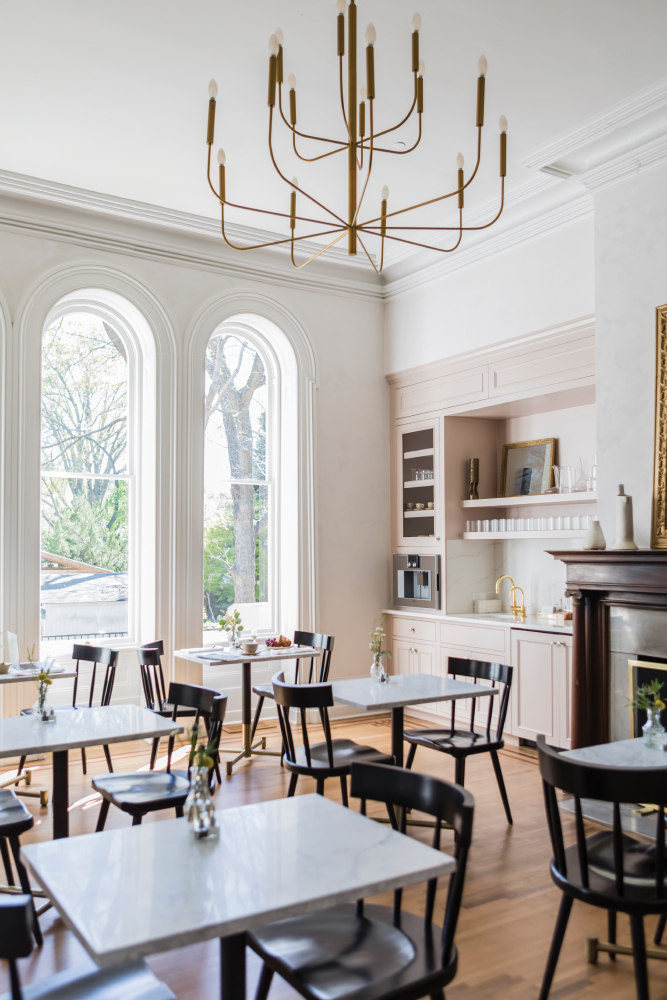
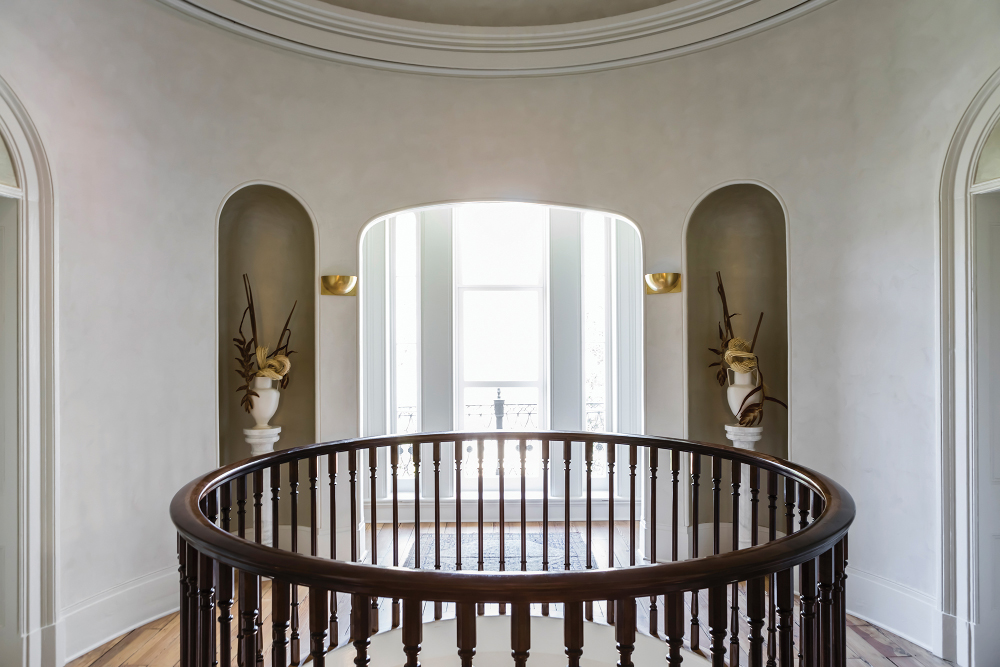
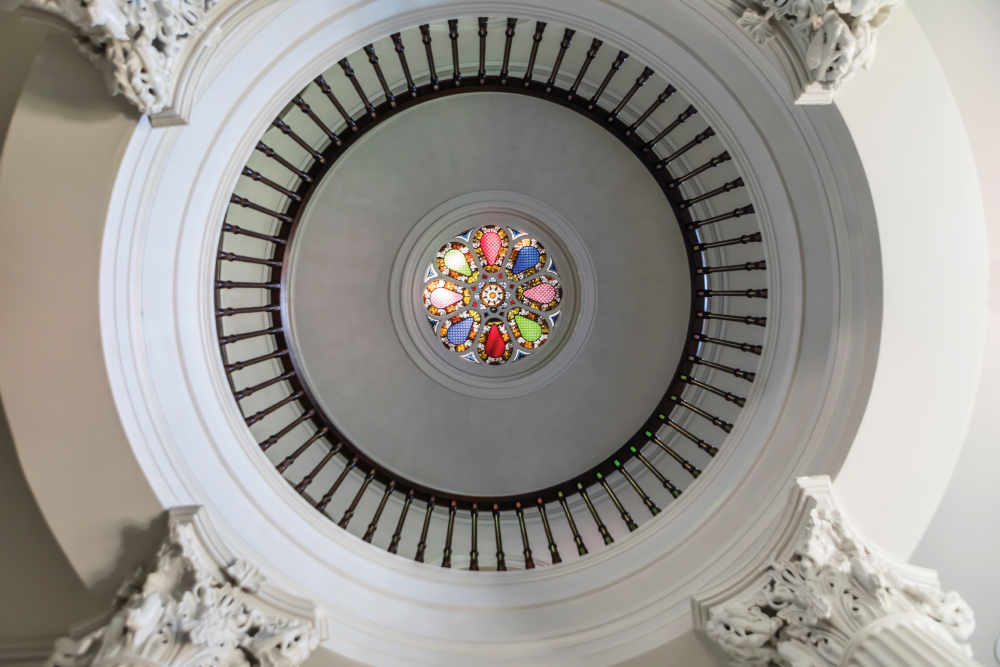
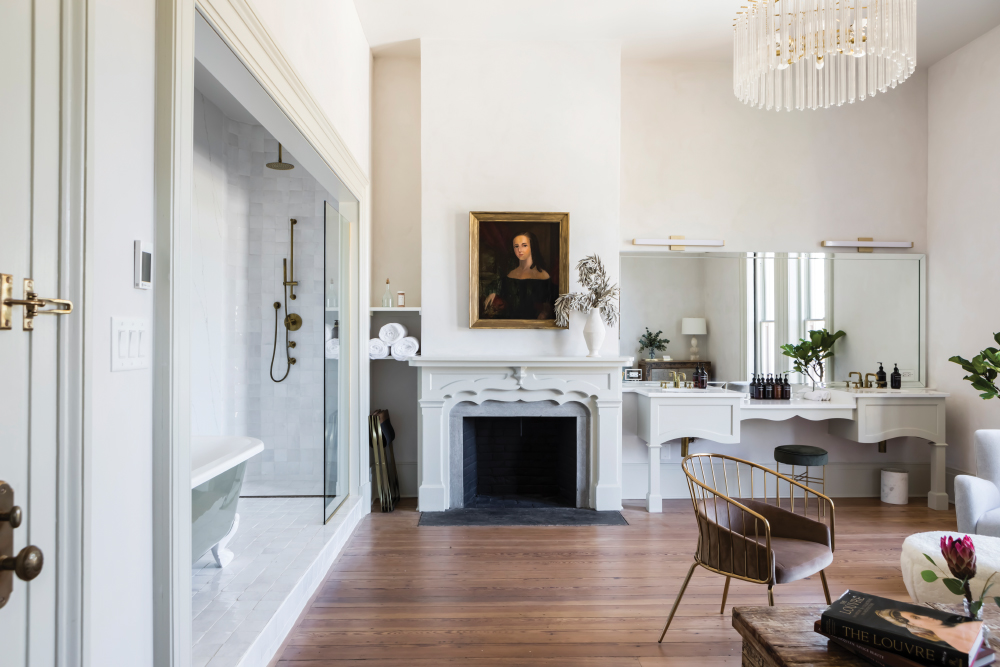


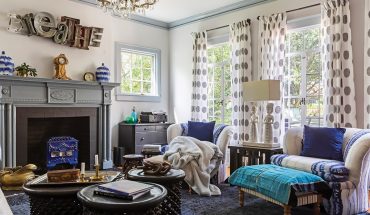
Pingback: 20+ Things to Do In May In and Around Raleigh - WALTER Magazine